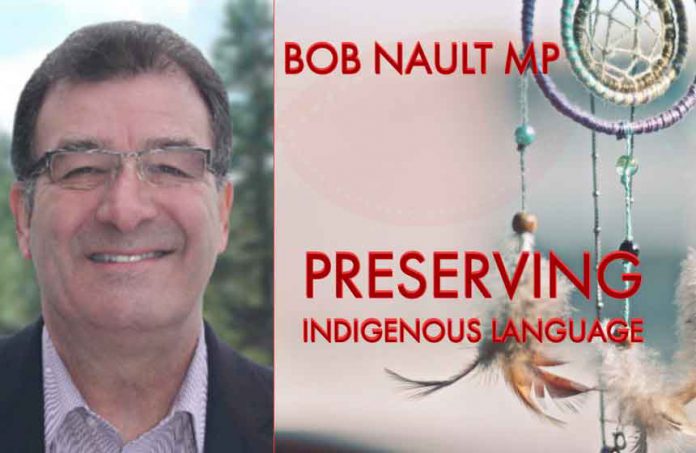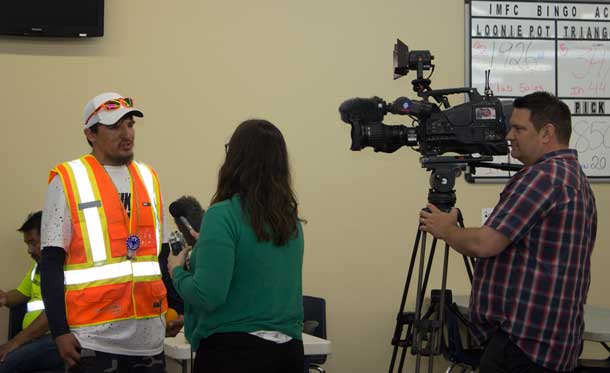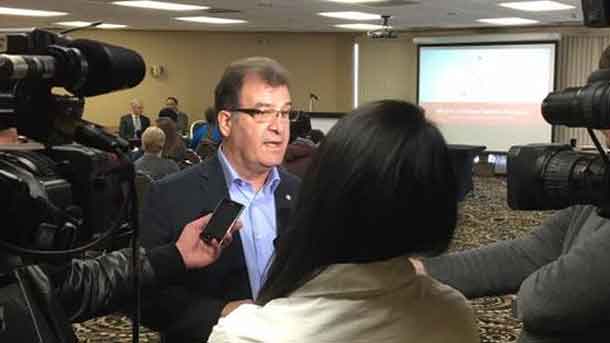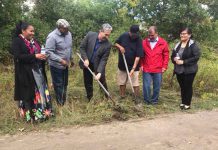KENORA – On February 5, 2019, our government introduced Bill C-91, the Indigenous Languages Act, to reclaim, revitalize, strengthen and maintain Indigenous languages in Northwestern Ontario and across Canada. Indigenous languages are an integral part of Indigenous Peoples’ cultures and identities, and of Canada’s society. Three out of four of the 90 different living Indigenous languages in Canada identified by The United Nations Educational, Scientific and Cultural Organization (UNESCO) are endangered.
The bill has been developed to support the meaningful implementation of Calls to Action outlined by the Truth and Reconciliation Commission of Canada, elements of the United Nations Declaration on the Rights of Indigenous Peoples, and the federal government’s commitment to a renewed relationship with Indigenous Peoples based on the recognition of rights, respect, cooperation and partnership.
On Thursday, February 7th, I rose in the House of Commons to speak to this important Bill. Here, in the Kenora riding, there are on-going efforts to support Indigenous languages. The Kwayaciiwin Education Resource Centre in Sioux Lookout is a First Nations community-driven centre of excellence that provides comprehensive support to schools throughout Canada and abroad to promote bilingual and bicultural student success.
Not only does the resource centre provide educational opportunities and services for Indigenous children and youth for 21 First Nations communities, but they also publish educational materials, children’s books, and instructional resources in a variety of Indigenous languages, including title’s such as “Ariel’s Moccasins”, published in Oji-Cree and “Signs of Spring”, published in Ojibwe. I have visited the resource centre many times and can attest to the true passion they have for working with Indigenous languages.
In the City of Kenora, we have the Kiizhik School, which opened its doors in 2015, with 15 students, and has continued to grow exponentially ever since. As the first school of its kind in Ontario, it works to close the educational gap for Indigenous students by implementing curriculums which include Indigenous heritage as a subject of study.
The school also provides access to traditional languages and elements of Indigenous culture that public schools are currently unable to provide. By teaching Ojibwe, using an Anishinaabe sound chart, holding vibrant powwows, interacting with the Anishinaabe community, and integrating the Ontario mainstream curriculum, students are truly learning about the culture of who the Anishinaabe people are.
Education is crucial to the preservation of Indigenous languages and the work being done by organizations like Kwayaciiwin Education Resource Centre and the Kiizhik Education Corporation are leading the way.
The legislation introduced in Bill C-91 aims to work with provinces, territories, Indigenous representative organizations to support Indigenous languages in Canada. If adopted, the Indigenous Languages Act will for the first time, establish a national Commissioner of Indigenous Languages in Canada. One that is independent of government in its day-to-day actions, and is able to provide much-needed support to Indigenous communities to reclaim, revitalize, maintain and strengthen their languages.
As the Member of Parliament representing 42 First Nations in the Kenora riding, I am very proud to see the importance that this government places of preserving Indigenous languages. This legislation will ensure that Indigenous languages are preserved for future generations. With that, we have taken another step towards reconciliation.







